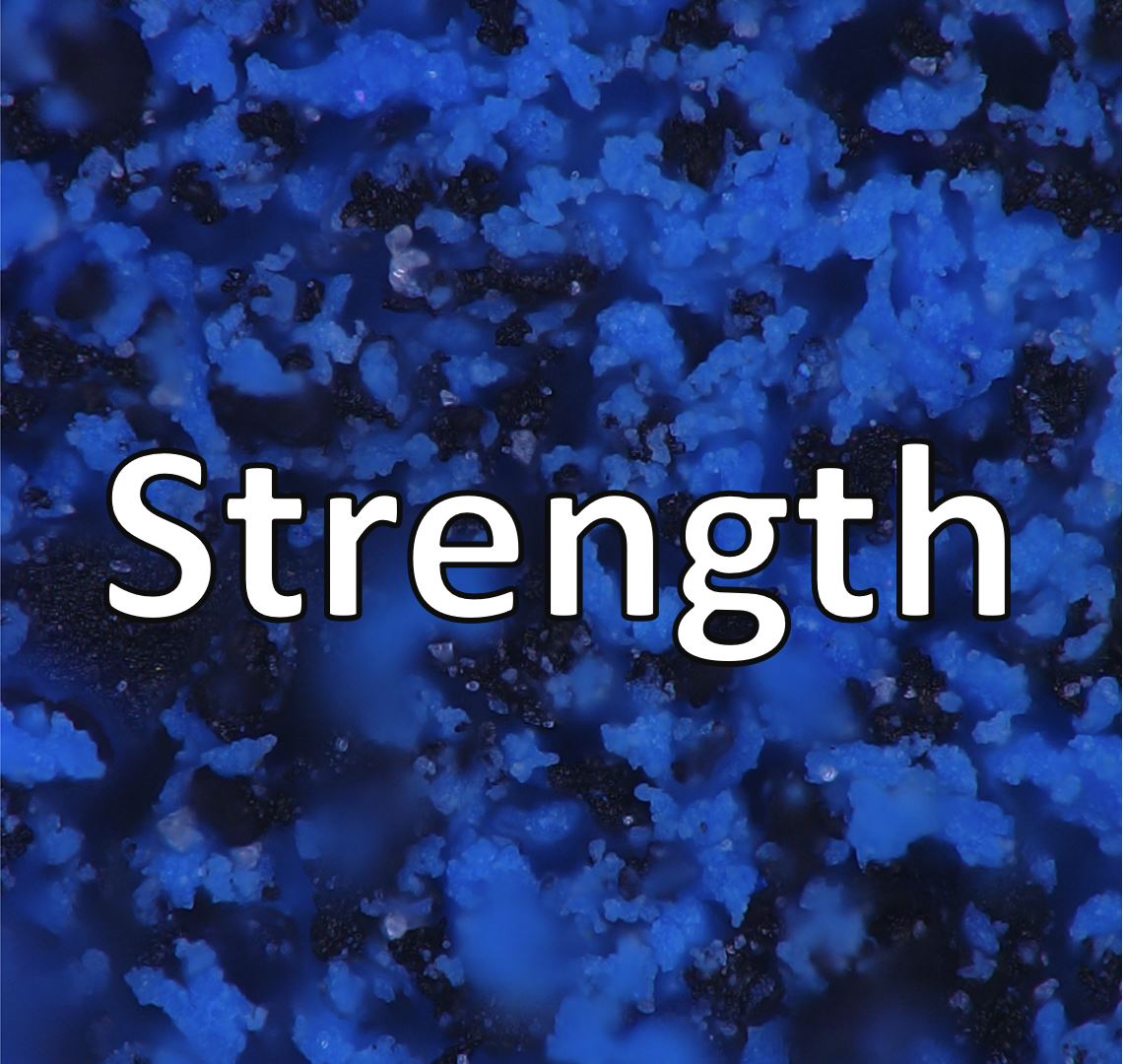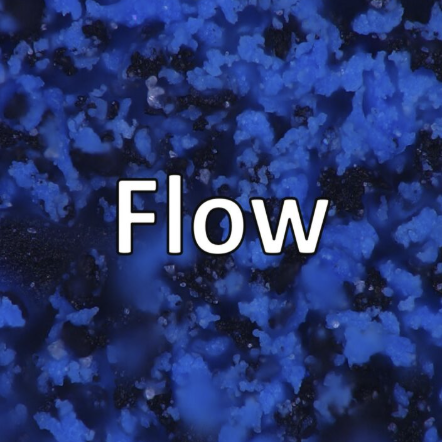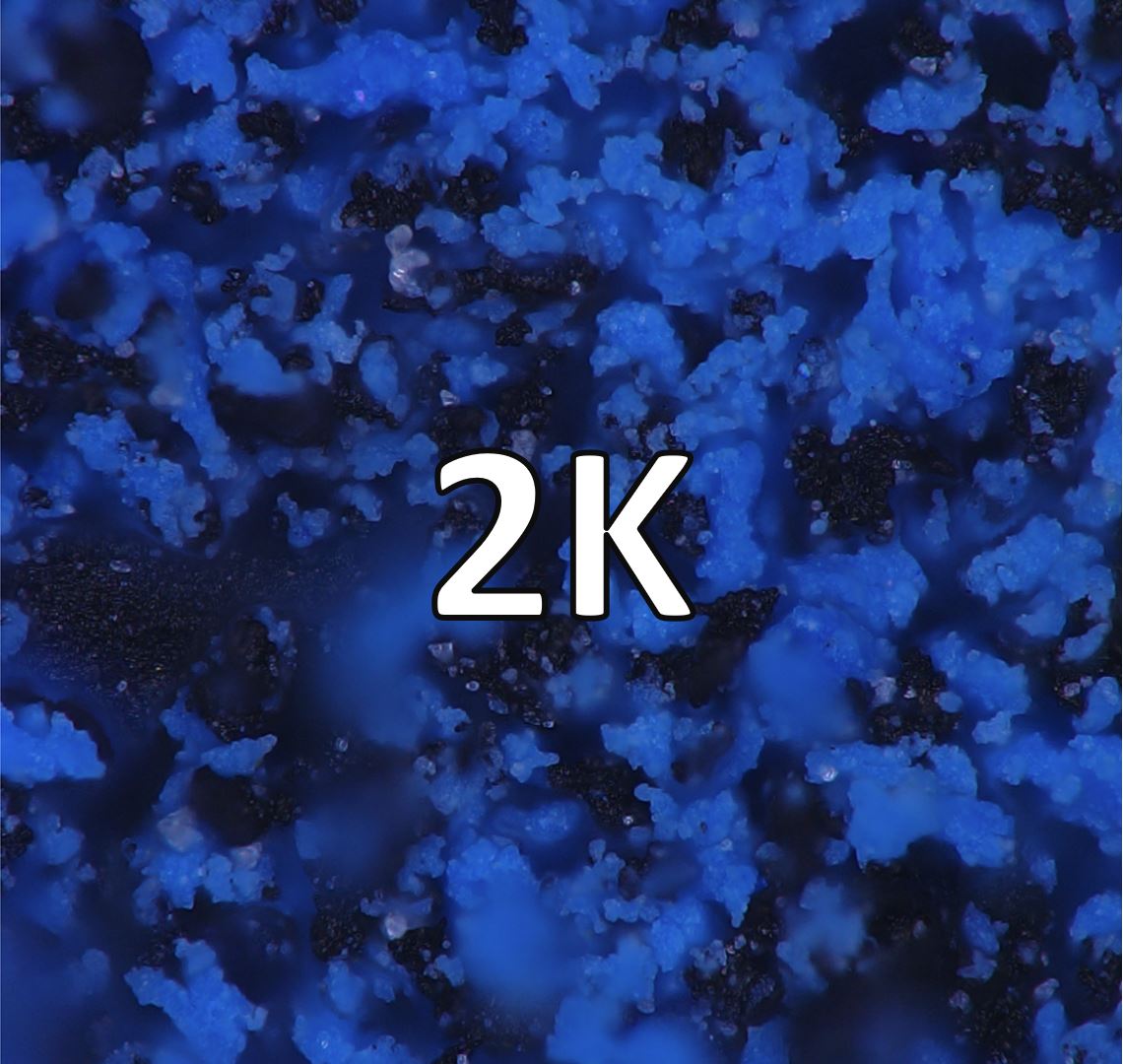Thermoplastic Elastomers (TPE) are soft plastic materials with similar properties as rubbers and can be used in similar applications.
An important advantage for TPE is that it behaves like thermoplastics in product manufacturing can therefore be processed with conventional plastic processing equipment.
Injection moulding is an example of a more efficient manufacturing method than production of rubber products that involve vulcanization.
In addition, TPE materials can be re-melted and therefore recycled into new products.
See how our TPE is used in the production plant by our customer G-MAN Tools in Edsbyn, Sweden:
The EcoTPE by EcoRub compounds:
- Recyclable and contains 30-50 % recycled materials
- Excellent processability by conventional TPE injection moulding equipment
- Belongs to the category TPE-S compunds and is based on SEBS
- Same quality and specifications as virgin TPE compounds
EcoTPE is available in the following categories:
Lessons in TPE
For those of us who work with complex materials, it becomes quite obvious after a while. We understand what works, why it works and what the benefits are to the business.
But it is not always as clear to the people we want to reach – those who ”roughly” know what we do.
Watch our collected good examples and educational answers to questions such as: What is TPE? How is production done? What are the benefits?
Questions? Please contact us here
PART I, II & III:
Questions and answers: This is TPE and what it’s good for
TPE is thus a flexible and versatile material group that is used in a wide spectrum of applications. Its unique combination of elastic and thermoplastic properties makes it popular in several industries that require durable, flexible and recyclable materials. Due to its easy processing and recycling potential, TPE is also a more sustainable alternative in many contexts.
What is TPE and how does it work?
TPE is a type of polymer that has two unique properties:
- Elasticity: Similar to rubber, TPE is very flexible and can be stretched, bent, and twisted without permanently deforming.
- Thermoplastic properties: Unlike rubber, which requires vulcanization to form, TPE can be shaped and reshaped by simply heating and then cooling. This makes it recyclable and more economical to manufacture.These properties make TPE materials easy to shape into complex structures while maintaining elasticity and durability over time.
Different types of TPE
TPE is an umbrella term for several types of thermoplastic elastomers, which have slightly different properties and are used for different purposes:
- TPE-S (Styrene-based TPE): One of the most common TPE materials, where S stands for “styrene block copolymer”. Often used in products that require softness and good grip, such as handles and gaskets.
- TPE-O (Olefin-based TPE): Consists of polyolefins that make the material durable. Often used in the automotive industry, for example in bumpers and door seals.
- TPE-V (Vulcanized TPE): A blend of rubber and polypropylene, which has been vulcanized to improve its heat and chemical resistance. TPE-V is often used in automotive and industrial applications.
- TPE-U (Polyurethane-based TPE): A very durable material that is resistant to abrasion and oils. TPE-U is used, for example, in wheels, tubes and sports equipment.
Each type of TPE has its advantages and unique properties depending on the base material and the manufacturing process.
Manufacturing process and processing of TPE
Unlike rubber, which requires vulcanization and more complex processing, TPE can be formed through conventional plastic processing, such as:
- Injection molding: An efficient method for producing large volumes of TPE components with high precision.
- Extrusion: Often used to create long TPE profiles, such as hoses or strips.
- Thermoforming: The material is heated and formed into complex structures.
This makes TPE cost-effective to produce in large quantities and in complex shapes, and its thermoplastic nature means that waste material can be easily melted and recycled.
TPE Applications
TPE is very versatile and is used in a variety of industries:
- Automotive: Used for bumpers, gaskets, seals and door moldings. TPE’s durability and flexibility make it ideal for exposed components in cars.
- Medical products: Because TPE can be manufactured without phthalates and latex, it is often used in medical tubing, grips and other applications that require skin-friendly materials.
- Consumer products: Household items such as kitchen utensils, toys, handles and gaskets are often made from TPE due to its soft feel, grip and durability.
- Construction industry: Used in seals, joints and moldings for building structures, as TPE materials are often weather and UV resistant.
- Sports equipment: The durability and flexibility of TPE make it a popular choice for sports equipment, mats and other exercise equipment.
Environmental benefits and recycling of TPE
One of the biggest advantages of TPE is its recyclability. Since TPE is a thermoplastic, it can be remelted and reshaped several times, making it an environmentally friendly alternative to many other rubber materials that cannot be recycled in the same way. This contributes to reduced material waste and lowers the carbon footprint in the manufacturing industry.
Do you need to change production equipment to use EcoRubs material, compared to if you already use virgin material?
Our goal is that this should not be necessary. The idea is that it should be smooth to switch from virgin material to material based on recycled plastic. No machine changes, no quality difference and no price difference, ”zero friction”.
How much does using EcoRub’s material based on recycled plastic reduce CO2 emissions?
The most important part of reducing CO2 emissions is the choice of material in the product in question.
Transport and packaging also play a role, but the choice of materials in the product can account for between 75-90% of the reduction in CO2 emissions.
How is the quality affected?
As mentioned above, the goal is of course that the quality should not be affected by using TPE based on recycled plastics.
What production methods are EcoRubs materials suitable for?
At present, EcoRubs materials are primarily suitable for injection molding and 3D printing. Materials for extrusion are under development.
Contacts
Sales
Anders Svensson
anders.svensson@ecorub.se
+46 70-719 71 11




